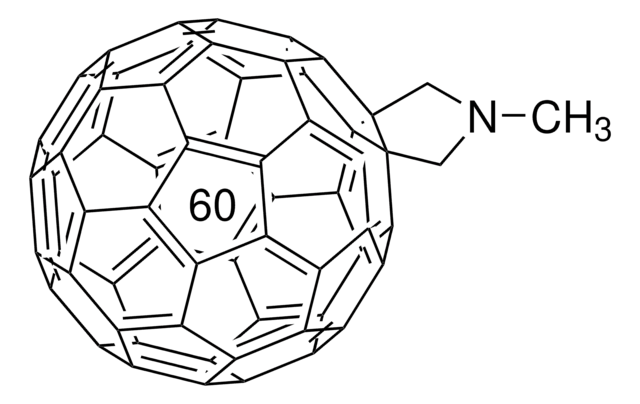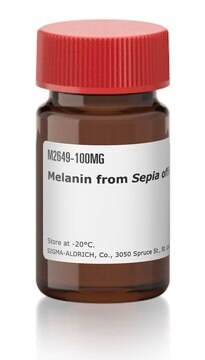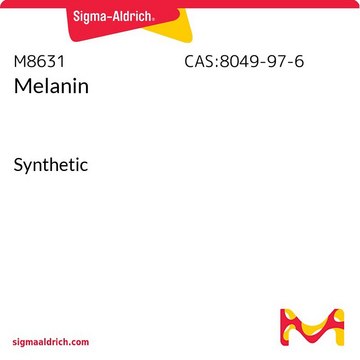704326
[6.6] Diphenyl C62 bis(butyric acid methyl ester)(mixture of isomers)
99.5%
Synonym(s):
Bis(1-[3-(methoxycarbonyl)propyl]-1-phenyl)-[6.6]C62 (mixture of isomers), Bis[60]PCBM
About This Item
Recommended Products
Assay
99.5%
form
solid
mp
>300 °C
solubility
organic solvents: soluble
SMILES string
COC(=O)CCCC2(c1ccccc1)C34c5c6c7c8c9c%10c(c%11c%12c3c%13c5c%14c%15c6c%16c7c%17c9c%18c%19c%20c%21c%22c%23c%24c%25c%26c%27c%28c%29c(c%20c%30c%18c%10c%31c%11c%32c%12c%33c%13c(c%26c%33c%28c%32c%29c%30%31)c%14c%25c%15c%23c%16c%22c%17%19)C%21%34C(CCCC(=O)OC)(c%35ccccc%35)C%24%27%34)C248
General description
Application
Storage Class Code
11 - Combustible Solids
WGK
WGK 3
Flash Point(F)
Not applicable
Flash Point(C)
Not applicable
Choose from one of the most recent versions:
Certificates of Analysis (COA)
Don't see the Right Version?
If you require a particular version, you can look up a specific certificate by the Lot or Batch number.
Already Own This Product?
Find documentation for the products that you have recently purchased in the Document Library.
Articles
Since the first publication in 1995 describing a bulk heterojunction photodiode incorporating a methanofullerene, significant progress has been made in improving device performance and the scope of device research has broadened widely.
Find various photovoltaic and bioscience-based applications of fullerenes.
Optoelectronic devices such as light-emitting diodes (LEDs), solar cells, and light-emitting field effect transistors (FETs) that utilize organic materials as their light harvesting and/or charge transporting component have been the subject of much academic and commercial attention.
Single-walled carbon nanotubes (SWCNTs) are promising materials for use in the active channel of field-effect transistors (FETs), photoabsorbing layers of solar cells and photodetectors because of their ultrafast charge transport mobility.
Our team of scientists has experience in all areas of research including Life Science, Material Science, Chemical Synthesis, Chromatography, Analytical and many others.
Contact Technical Service






